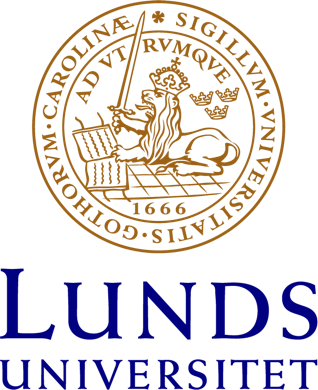Umberto Eco’s Legacy in Visual Semiotics
Piero Polidoro
A world-renowned novelist and a Medieval aesthetics scholar, Umberto Eco had a fundamental role in defining theoretical and philosophical aspects of Semiotics and in applying it to different kinds of texts. An important part of his academic and semiotic production is directly or indirectly dedicated to Visual Semiotics. His main interests in this field dealt with perception, recognition and the semiotic status of the “visual sign”. This talk first aim is to clarify the main features of Eco’s theory about visual signs, to underline the evolution of his thought during the so called “debate on iconism” and to suggest some possible integrations or corrections to his model. Another aim will be to discuss Eco’s theory potential in the study of visual narrativity: this aspect was rarely touched by Eco himslef, but his conception of sign and semiotics and the narrative model he developed in the book Lector in fabula (partly translated in English as The Role of the Reader) can contribute to the semiotic investigation about visual narrativity.
